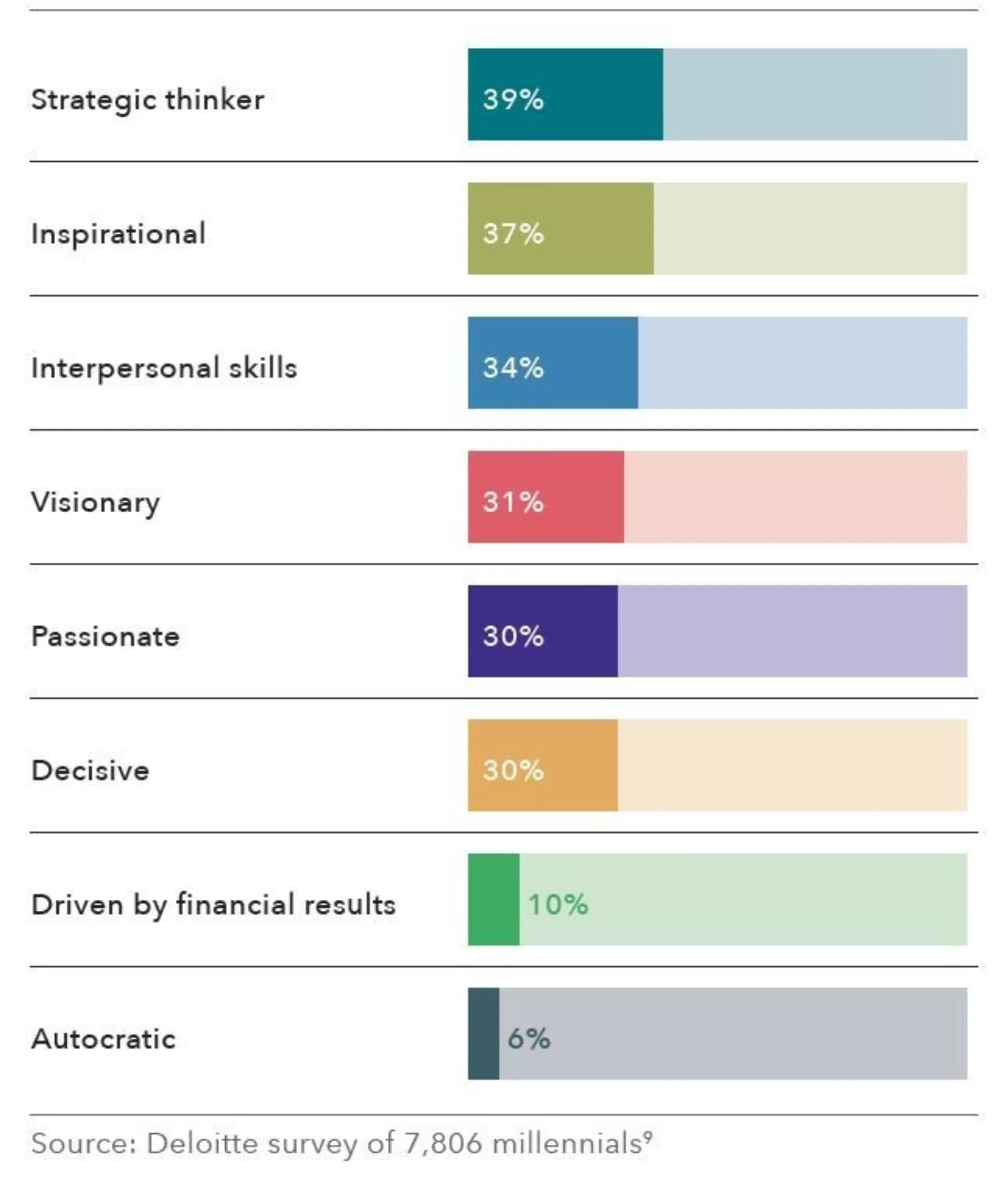Leading a Future-Ready Business: Leading Continuous Change
On pace to effectively compete?
Canon Business Process Services, in association with Hanover Research, reviews today’s hyper-competitive business environment and its future trajectory. The culmination of digital business, disruptive technologies, cultural, and demographic forces puts unprecedented demands on business leaders to navigate the opportunities and threats.
It is vital that leaders design strategies to deal with changes to the operational environment. A necessary requirement for rapid decision-making will be data visibility: a facet that today is dramatically underutilized. In addition, approaching large-scale process redesign and simplification will involve re-imagining desired employee behaviors from the bottom up.
Amid the complexities, decisive change management and clear communication on a regular basis will build support for initiatives by keeping employees involved in the task of building a future-ready business. The forces of change will radically transform the business environment. Growing capacity to observe and control large-scale operations will increase the potential scale of digital businesses at the same time that falling transaction costs reshape traditional boundaries.
Firms will re-focus on core capabilities and leverage new technological innovations to pass ancillary functions to expert service providers. Automation will creep up the spectrum of knowledge work, altering workforce dynamics and the skills required of managers.
Younger generations raised in the digital age will have different expectations of companies, leaders, and career paths, which will combine with data analytics, cloud computing, and social networks to heighten competition in the market for talent. Business leaders will be tested as never before.
According to Millennials, these are the most important characteristics of a true leader

Key Findings
Leaders will learn how to leverage new technologies to build organizations that react more quickly to serve customers, simplify bureaucratic process, and work with more partners.
Boundaries between firms are the result of tradeoffs between unavoidable organizational inefficiencies and the cost of transacting with outside parties. Modern business trends both allow greater internal efficiency and lower the cost of integrating operations with other firms. The first effect will give firms greater capacity to expand; the second will enmesh them ever more closely with the organizations around them. What was once a distinct business activity known as “outsourcing” will be incorporated into the very nature of business.
Employees from age 20 to 60 prefer to work for “digitally enabled organizations.” As a result business leaders will see increased challenges to retain and attract employees.
Leaders employing autocratic approaches or focusing excessively on financial results will risk losing the support of the Millennial generation.
Executives of 2025 will not be lone decision-makers. They will be collaborators who will learn to blend the capabilities of their organization with that of many more external parties, such as business process outsourcing (BPO) partners, and will cooperate via contractual relationships rather than hierarchical control. BPO providers will no longer be viewed as partners of convenience, but partners of necessity.
